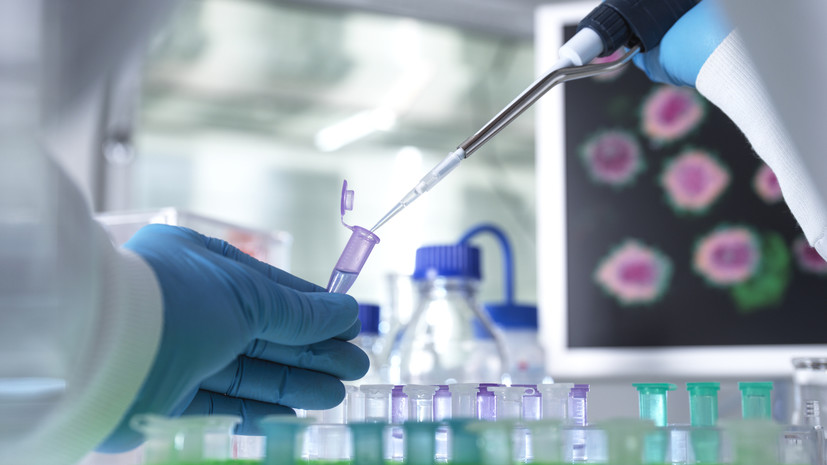Researchers at the Irkutsk Institute of Chemistry.
A.E.
Favorsky (IRIH) SB RAS and Irkutsk State Agrarian University named after
A.A.
Ezhevsky created a nanocomposite material for the protection and treatment of liver cells.
This is reported in the journal Colloids and Surfaces B: Biointerfaces.
Scientists have synthesized a nanocomposite based on particles of selenium and carrageenan polysaccharide.
Such a composition, according to experts, protects the liver from the attack of oxidants (free radicals, oxidants) in case of toxic lesions and diseases.
“In biomedicine, there is a problem of damage to all living cells and especially liver cells - hepatocytes - by free radicals.
The latter arise in the body during penetrating radiation, poisoning, and other diseases and cause the destruction of cell membranes.
With a high degree of probability, this leads to cirrhosis of the liver, "says Boris Sukhov, head of the laboratory of functional nanomaterials at the IrIH SB RAS.
According to the scientist, as a result of the oxidation process, the genetic code of liver cells is disrupted.
They completely or partially lose the ability to healthy division, which, in especially severe cases, leads to death.
To protect the liver, the body produces antioxidants - special molecular traps to trap free radicals distributed by the bloodstream throughout the body.
The new nanocomposite material, the researchers say, was created to help natural antioxidants, but it acts in a targeted manner - it "binds" only to liver cells and acts on them for a long time.
As noted by Boris Sukhov, even one selenium nanoparticle is capable of repeatedly intercepting free radical attacks.
“After completing its work, a selenium nanoparticle is reduced by only two atoms, but tens of thousands of others remain in it.
This is the main difference between selenium nanoparticles and molecular antioxidants, where one molecule of a substance can intercept only one radical, ”the scientist said.
As a shell for selenium nanoparticles and their delivery to liver cells, the researchers chose an affordable and safe organic material - the polysaccharide carrageenan from red seaweed.
In preclinical studies (animal tests), the selenium nanocomposite showed an effective preventive effect - it protected mice from a lethal dose of poison (carbon tetrachloride).
The therapeutic effect was also tested - the poison and medicine were received in the mice in the reverse order.
The results showed that the survival rate of the animals in this experiment was lower than in the prophylactic one, but the effect of the treatment was significant.
After the completion of preclinical trials, scientists plan to move on to clinical trials on volunteers, to select a safe dosage, etc.
The time of entering the future medicinal product into medical practice has not yet been determined.
Also, according to the researchers, an additional help for doctors will be the feature of the new drug to emit light in the infrared range.
So, together with the treatment, doctors will be able to carry out a visual diagnosis of its action.

